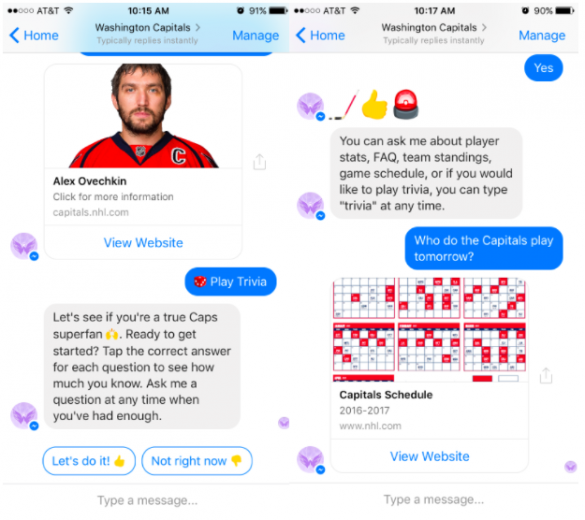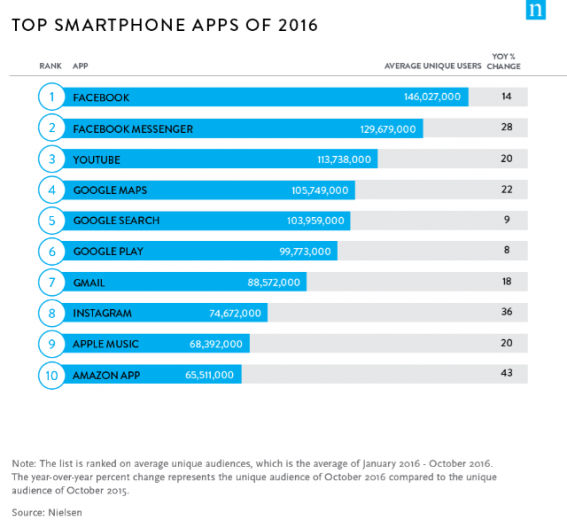Every year without fail there’s a bright and shiny tool that takes the social world by storm, from Google Glass to live streaming and Spectacles. It’s easy to get caught up in the bright and shiny in this industry of instant gratification. Early adoption could mean an article as the “first brand or team to use x”. But being the first on a platform or the first to leverage a tool doesn’t equate to success or value for your consumer. As with anything, it’s critical to understand the why and value add behind it.
Yes, working in social/digital means it’s important to keep up with new and emerging trends. But success doesn’t mean you have to jump on to each new thing. Like any tool, from Spectacles to Google Glass, it’s about providing unique access + point of view and creating good content (period).
When Spectacles came out, there was a content dump from anyone who had access to them. The content often felt like the same thing over and over again. Even though we get excited about the new in the industry, there’s a good chance fans don’t care unless it’s new AND interesting. It’s important to understand how you can use the tools to elevate your storytelling, get the right access and provide something new. A few strong examples below (and a great curated list of examples from Blair Hughes here):
Warming up with No. 1 seed Gabe Dean! #NCAAWrestling pic.twitter.com/Oi6Km2QzER
— NCAA Wrestling (@NCAAWrestling) March 14, 2017
.@buddyhield with back to back 3-pointers!
Check out his view when he hits a 3 #Pelicans https://t.co/TxZwbRuCAh
— New Orleans Pelicans (@PelicansNBA) December 16, 2016
If you ever wondered what it was like to sign an @NFL contract, check out the full video on our Snapchat!
👻: https://t.co/CUjreftKsO pic.twitter.com/7VL9mFwgLU
— Arizona Cardinals (@AZCardinals) March 10, 2017
As teams and leagues look to leverage Spectacles and other new tools, it should be about substance and execution over anything else. When it comes to mapping out a strategy and plan, here are a few high-level things to keep in mind.
Don’t oversaturate it.
Spectacles or FB live stream can be phenomenal tools in taking fans behind-the-scenes without being obtrusive. But because you have the tool, doesn’t mean you should throw it on a player at every practice. Access quickly loses an interesting angle when it’s the same video over and over again. Resist the urge to use too often.
Right time, right place, right context.
In line with the first point, it’s important to understand how live, Spectacles, etc. can play into big moments. Behind-the-scenes access is more valuable when emotions are high. It’s important to understand that holding tools for big moments can be more powerful than abusing them over and over again. Don’t be afraid to wait to leverage something new and interesting when the brand and team has a moment that feels right and big.
Find what’s fresh, different.
The examples above stand out because they are a fresh and different take on content. The @ncaawrestling one, for example, makes fans feel like they are actually warming up with the No. 1 seeded wrestler. It’s a unique POV and different from anything else we’ve seen from that account. As a marketer you have to be able to define your sharp point. How can you leverage the tool to provide something that is different, unique from anything else you’ve ever done? If you can answer that, then you should activate with the tool.
Don’t force it.
Because it’s new, doesn’t mean you have to use it. If you can’t figure out a unique angle or a way to incorporate a new tool into your content capture flow, don’t force it. If produced video makes more sense than live, stick to the produced video. If your team can execute behind-the-scenes storytelling more powerfully than raw Spectacles, stick to that game plan. Being able to execute right is key, so focus on what works for the brand, the fans, your team.
At the end of the day, social is about testing and learning, but not at the sacrifice of good coverage. If you focus on substance and strong execution over forcing the tools, then you’ll find the right ways to elevate and add a unique POV for fans.
How have you seen teams and leagues use new and emerging tools in ways in ways that have stood out? Share your examples below.











